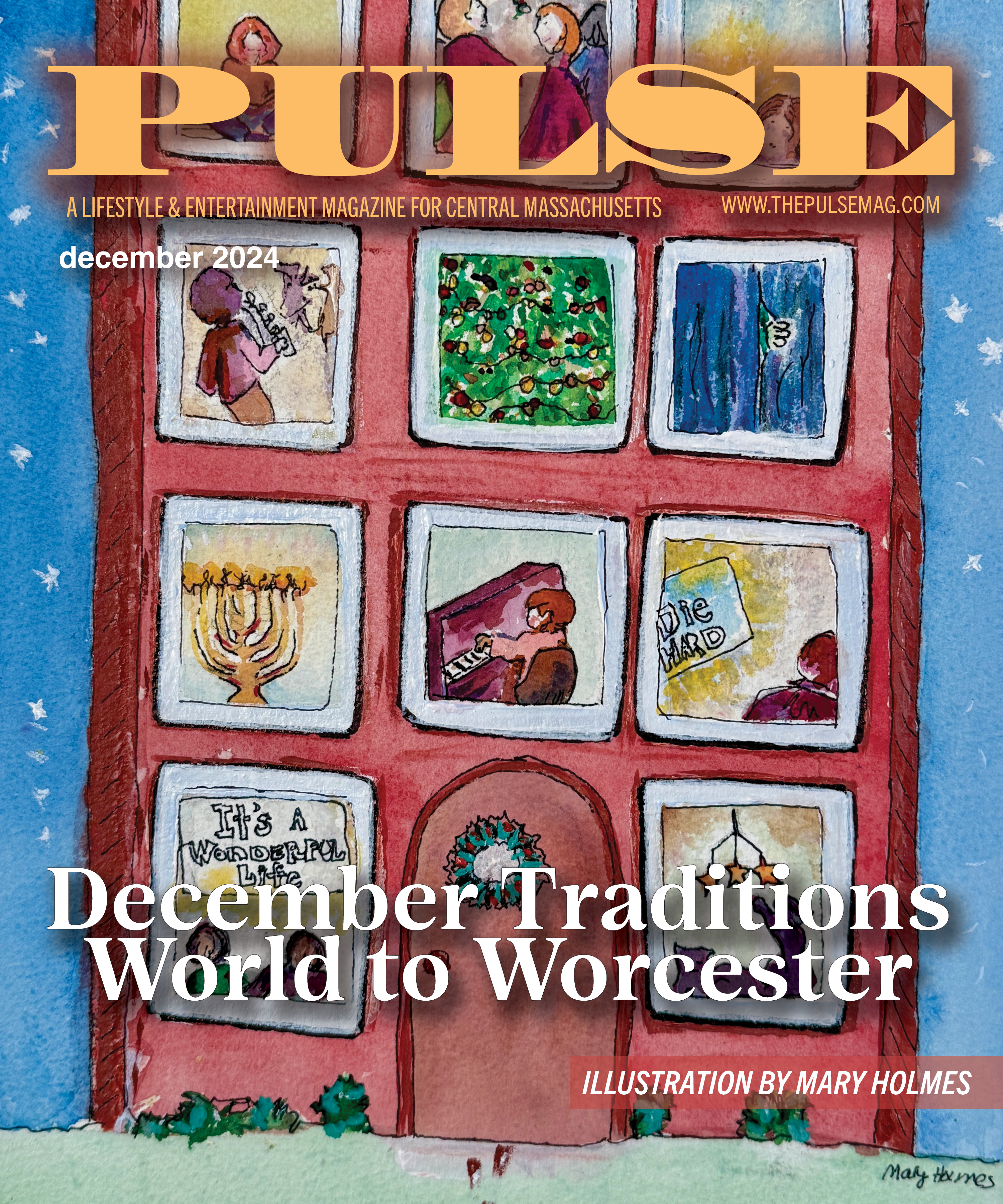
Chianti has been a hot topic in the wine industry as of late because of the Italian government’s addition of the new top-end classification, Chianti Classico Gran Selezione. But while most Americans know of Chianti, most don’t really know exactly what it is, so I’ll try to enlighten you a bit without getting too technical.
Chianti is a rather large wine-producing area in Tuscany, Italy, that produces more than 8 million cases of wine annually. The wine must be made from 75 percent to 90 percent Sangiovese grapes. In addition to Sangiovese, the wine may include up to 10 percent Canaiolo grapes, up to 10 percent of the white grapes Malvasia and Trebbiano and up to 15 percent of any other red wine grape authorized by the region, including Cabernet Sauvignon and Merlot. This range of percentages gives winemakers the ability to produce a broad spectrum of styles. The more white grapes winemakers use, the lighter-bodied the wine. More Cabernet Sauvignon results in a richer-bodied wine. A wine’s alcohol content will give you an idea if it has a lighter or heavier body ~ lower alcohol equals lighter body and higher alcohol indicates that a wine will be richer. The minimum allowed alcohol level for Chianti is 11.5 percent, but most Chianti imported to the U.S. is between 12.5 percent and 13.5 percent.
Chianti Classico is a 100-square-mile area within the larger Chianti region that produces the area’s best wines. In Chianti Classico, the rules about which grapes can be used and their percentages are a bit stricter than in Chianti. In Chianti Classico, Sangiovese must be at least 80 percent, and possibly up to 100 percent, of the wine’s composition. No white grape varieties are allowed to be used, and up to 20 percent of other authorized indigenous or international grape varieties may be used. The authorized local grape varieties include Canaiolo, Colorino and Pugnitello, while the predominant international varieties used are Merlot and Cabernet. The minimum allowed alcohol level for Chianti Classico is 12 percent, but most Chianti Classico imported to the U.S. is between 13.5 percent and 14 percent, which indicates that it is a richer or more full-bodied wine than regular Chianti.
In both Chianti and Chianti Classico, the term Riserva is legally used for wines that have seen extended periods of aging. Where Chianti sees a minimum of only three months aging, Chianti Riserva must be aged at least 30 months. In Chianti Classico, which must age at least 10 months, the wines labeled Riserva must see at least 24 months aging. Aging wine for a longer period of time adds depth, complexity and more flavors, but only the best grapes can stand up to this process.
I started out this article mentioning Chianti’s new and highest classification ~ Chianti Classico Gran Selezione. Wines with this classification are produced within Chianti Classico, with a minimum of 13 percent alcohol and a minimum of 30 months aging. These wines have been made using the best grapes harvested only from the winery’s own vineyards. These wines will range up to more than $100 per bottle.
But what foods do Chiantis go with? Hannibal Lecter liked a nice glass of Chianti with liver and fava beans, while for many it is a tradition at the Easter dinner table. Many people say that a meal consisting of either pizza or pasta with red sauce is not complete without Chianti. I tend to serve my favorite Chiantis with roasted or grilled red meats. My favorite Chianti Classico producers are San Felice, Il Molino di Grace, Castello di Monastero and Castello Vicchiomaggio, but I enjoy them all.
By Tim Korby
Tim Korby is the director of Julio’s Liquors’ the-AngelShare.com online wine store. He started in the wine industry in California in 1976 and moved to the Boston area in 2000. In addition to being a retail wine buyer, he has taught wine courses since 1984 and has regularly written newsletters, articles and blogs since 1981. Korby travels the world several times each year to find just the right wines for his customers and to learn the true romance of the wines he sells.







